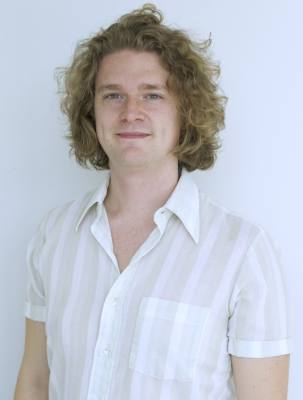The Cotton Belt passenger rail line will feature a two-way double track that will not only improve efficiency but also add more than $100 million to the project’s price tag.
The Dallas Area Rapid Transit board of directors unanimously approved adding the double track along the entirety of the future east-west running railway at its Feb. 12 meeting. The design change is expected to eventually reduce the wait period between rail cars to under 20 minutes for both directions.
Plano Director of Special Projects Peter Braster said increasing the frequency of trains could attract more riders for the future line.
“Reducing headways means more frequent trains, so the ability to get more frequent trains is always better because you then can adjust your schedule to demand,” Braster said. “When you can increase service, you can have more riders. All in all, that’s a good thing.”
When complete, the Cotton Belt line will connect southeast Plano to the Dallas/Fort Worth International Airport. Construction for the project is expected to begin later this year, with a projected completion date set for some time in 2022.
One of the key benefits of having the Cotton Belt line running through Plano will be providing residents greater access to employment, Braster said.
“While going to the airport is great, it’s really getting people to jobs,” Braster said. “More frequent service, getting people to jobs both inside Plano and outside Plano is really the best thing for us.”
The new track design comes at an extra $109 million to DART—raising the design and build contract to the maximum allowable price of $923 million, said Timothy McKay, the DART executive vice president of growth and regional development.
DART entered into the design and build contract with Archer Western Herzog in December.
Adding the second track is expected to help avoid train schedule delays during construction and maintenance periods, he said. It will also provide a more flexible system for freight trains that are using the rail.
Editor's note: This story has been updated to include comments from Plano Director of Special Projects Peter Braster.





